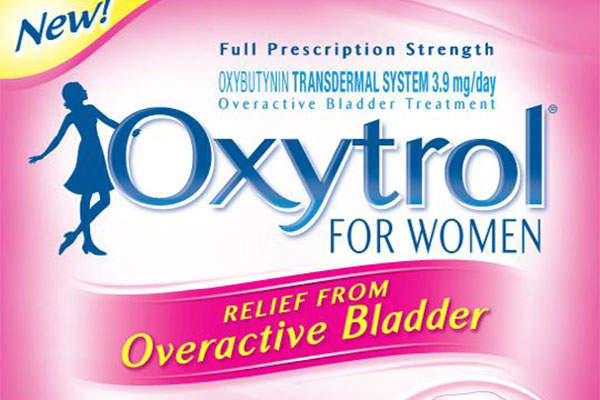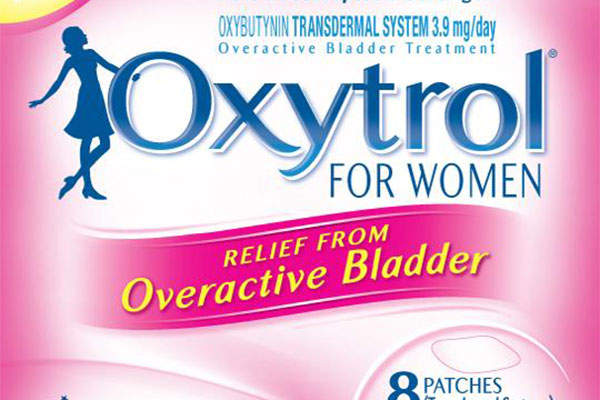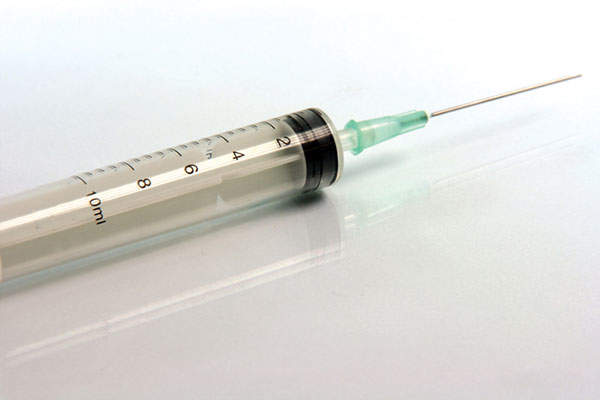Xiidra lifitegrast ophthalmic solution is a twice-a-day eye drop solution developed by Shire as a treatment for the signs and symptoms of dry eye disease in adults.
After the new drug application (NDA) was submitted on 25 February 2015, the US Food and Drug Administration (FDA) requested an additional clinical study as a part of complete response letter on 16 October of the same year. Shire resubmitted the modified NDA on 25 January 2016, which was then approved on 11 July.
Dry eye disease types and symptoms
Dry eye disease is a condition where the eye doesn’t produce tears, or then tears evaporate too quickly. This causes inflammation on the surface of the eye.
There are two types of the diease, aqueous tear deficient dry eye and evaporative dry eye. Aqueous dry eye is caused by lacrimal glands not producing enough tears and failing to maintain a healthy eye surface. Evaporative dry eye is when the meibomian gland of the eyelids becomes inflamed, which leads to tear evaporation.
Dry eye disease may be associated with symptoms such as stinging or burning, a gritty feeling in the eye, stringy discharge, pain and redness, blurred vision, heavy eyelids, uncomfortable contact lenses, and eye fatigue.
Xiidra’s mechanism of action
Xiidra is a small molecule integrin antagonist, which binds to the cell surface protein found on leukocytes, integrin lymphocyte function associated antigen-1 (LFA-1) and blocks the LFA-1 and cognate ligand intercellular adhesion molecule-1 (ICAM-1) interactions.
LFA-1/ ICAM-1 interactions may lead to the formation of immunological synapses, leading to T-cell activation causing the inflammation associated with dry eye.
The exact mechanism of Xiidra is unknown, but it is understood to inhibit both the T-cell adhesion to ICAM-1 and the secretion of cytokines (inflammatory mediators) in human blood mononuclear cells.
Clinical trials
The US FDA approved lifitegrast ophthalmic solution as a treatment for the signs and symptoms of dry eye disease in adults based on results obtained from one phase 2 study, three phase 3 studies (OPUS-1, OPUS-2, and OPUS-3), and one long-term phase 3 study SONATA.
OPUS-1 is a multi-centre, phase 3 placebo-controlled study conducted on 588 dry eye patients to evaluate the safety and efficacy of Xiidra versus placebo twice a day for 84 days.
OPUS-2 is a multi-centre, randomised phase 3, double-masked, placebo-controlled parallel arm trial conducted on 718 patients with five visits over 98 days to evaluate the safety of Xiidra.
SONATA is a prospective, randomised phase 3, double-masked placebo-controlled trial conducted on 300 dry eye patients for a period of one year.
OPUS-3 is a multi-centre, phase 3 randomised, placebo-controlled trial conducted to demonstrate the efficacy of the drug to placebo administered twice daily for 84 days.
The trial met its primary end point of significant improvement in patient-reported symptoms from baseline to day 84 in patients receiving Xiidra versus placebo (p=0.0007) and the secondary end point of showing symptom improvement from baseline to 14 and 42 versus placebo (p<0.0001).










